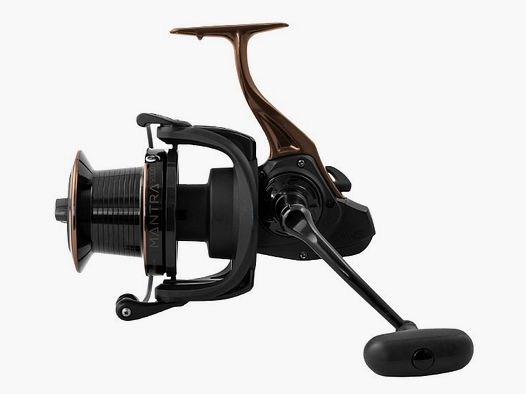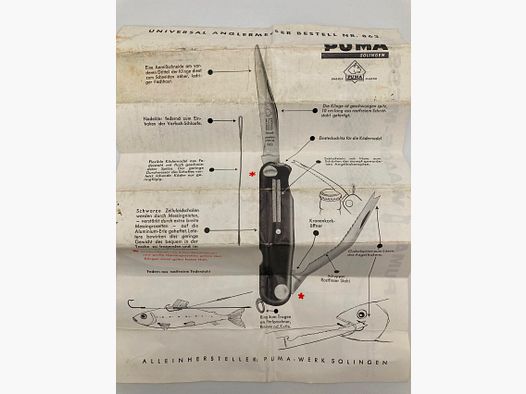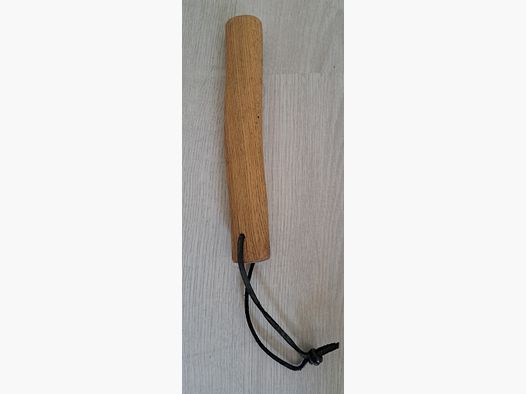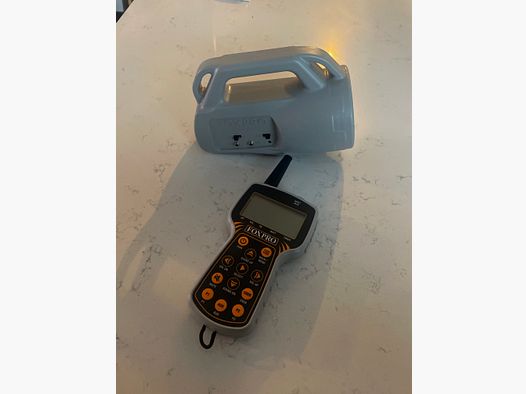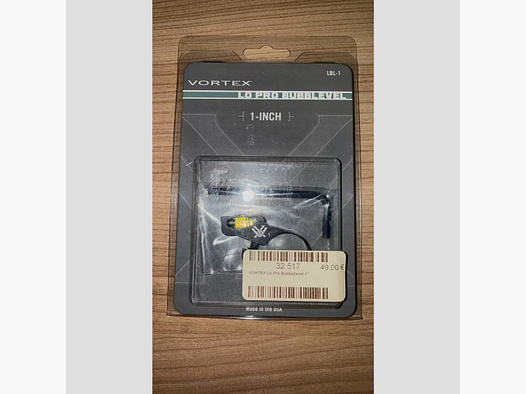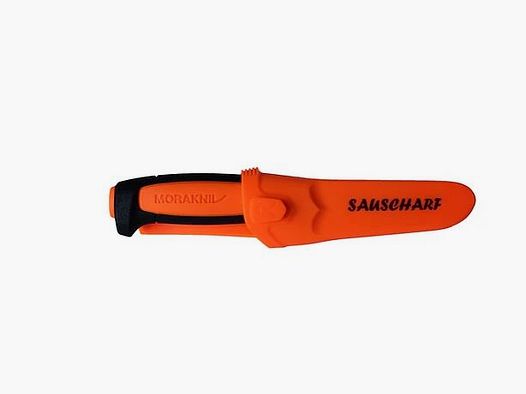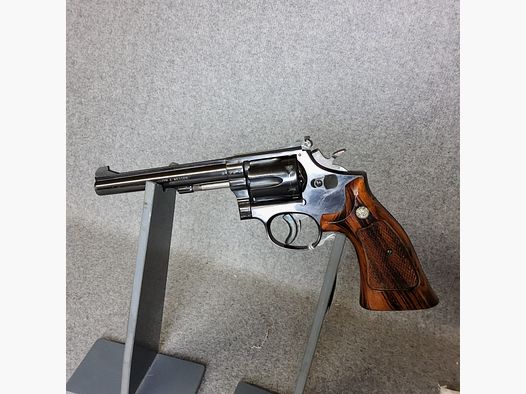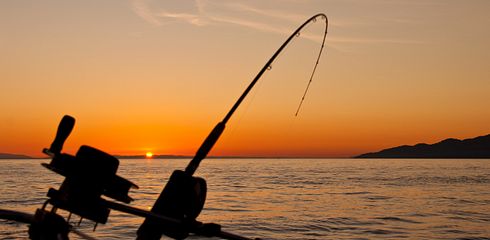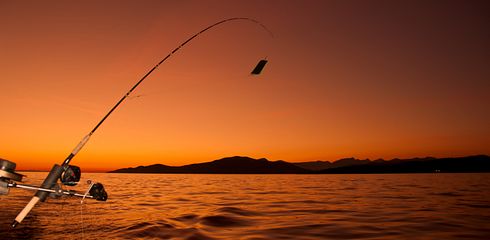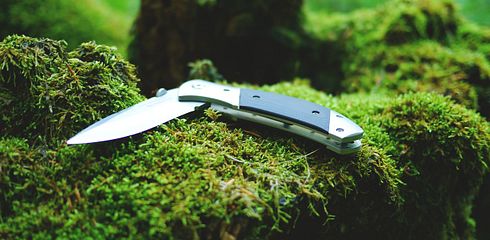Fishing is not just an outdoor activity, but also an art that requires experience, patience, and the right equipment. Among the many factors that influence success in fishing, the choice of float plays a crucial role. The float is not just a simple accessory, but an important part of the gear that can make the difference between a successful catch and a disappointing fishing trip. In this comprehensive guide, we will delve into the significance of the float in fishing, explore different types of floats, and provide tips for proper usage.
The Importance of the Float:
The float in fishing has several important functions that affect the entire fishing process. One of its fundamental tasks is to indicate to the angler whether a fish is on the line. A well-chosen float responds sensitively to the slightest movements, allowing the angler to recognize the moment when a fish bites.
Furthermore, the float also serves to regulate the depth of the bait or fishing hook in the water. The correct adjustment of the float enables the angler to present the bait at different depths, thus maximizing the chances of a successful catch.
Different Types of Floats:
Fixed Floats:
- Fixed floats are easy to use and ideal for beginners. They have a fixed setting and float on the water's surface. When a fish bites, the float tilts or disappears into the water.
Running Floats:
- Running floats are more versatile and allow the bait to float at different depths. These floats have a movable line that lets the fish swim with the bait without feeling resistance.
Glow Stick Floats:
- Glow stick floats are ideal for night fishing. They contain built-in light sources that illuminate the float, allowing the angler to track movements even in darkness.
Tips for Proper Use of the Float:
Choose the Right Float for the Bait:
- Each bait requires a specific float. Light floats are suitable for light baits, while heavier floats are appropriate for larger baits or deeper water.
Set the Depth Marker Correctly:
- It is important to choose the right depth for the bait. This requires experimentation, but it is crucial for having the best chances of a catch.
Regularly Check the Float:
- The float should be checked regularly to ensure it is set correctly. A misadjusted float can cause fish to ignore the bait.
Pay Attention to the Float:
- An experienced angler pays attention to the float. The slightest movements or deviations can indicate a bite.
Conclusion:
Choosing the right float in fishing is crucial for the success of a fishing day. It requires not only knowledge of the different types of floats but also the ability to use them correctly. A good angler will always focus on the float to not overlook the subtle signs of a potential catch. With the right float and some experience, anglers can significantly increase their chances of a successful catch while maximizing the enjoyment of fishing.



